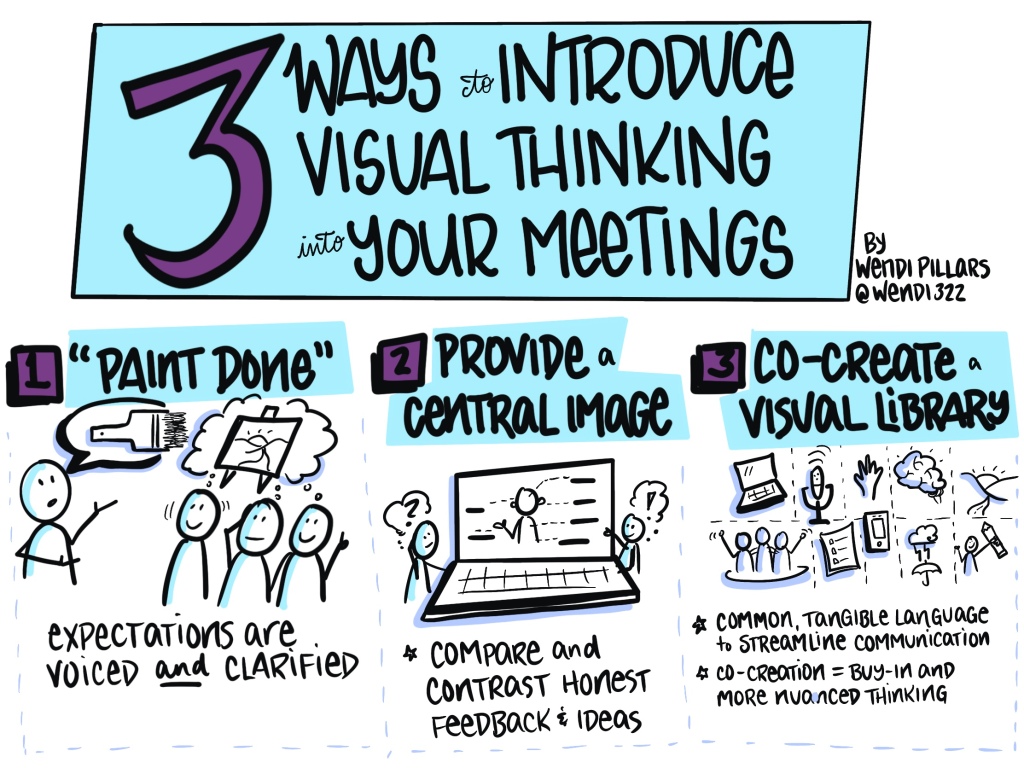
It’s that time of year. The end of one “cycle” and the beginning of another.
In other words, time to reflect, envision, decide. Then act.
According to Bill Donahue with Lead Change here’s how I interpret three ways to take that first step to self-evaluate and reflect upon your leadership:
Dig Through Past Decisions. Use them as a guide or a “wise teacher” as you consider whether you would do something again. If you do, what would you change? How accountable are you for taking both credit and blame? What are the ripple effects of your decisions, actions and/or lack thereof? And, can you look at your decisions with clear-eyed honesty?
Revitalize Your Relationships. I seriously love this question—and it kinda hurts for any leader to think about if they’re really trying to be more effective:
What happens when you leave the room?
Are your team members and organization members ready to take up the sword with you and for you? To carry on that mission with the gusto you envision? Honestly. What would that look like on a daily basis, on the ground, and with absolute unwavering integrity to yourself and others? What’s it worth to you if you build those relationships? What’s it worth if you don’t?
Take Note of Transforming Moments. Your vast and varied experiences aren’t going to matter a bit if you don’t evaluate them and find the lessons within. Whether super obvious or buried under some layers, how are you going to use those lessons to move– or better yet, thrive— forward? And yep, those personal, vocational, and communal experiences can certainly overlap. Some of the best transformative moments in one area will help you transform in an entirely different one, so quit separating your ideas and see what happens when you apply and combine takeaways in new arenas of your life.
What are you waiting for? Today is the day to start digging in to your leadership story, one person, one decision, one experience at a time.
You know me by now, so if you’re doing all of this with a marker in hand, you know your thinking and leadership will become a whole lot clearer. If you want someone to partner strategically with you to do that, let’s chat.





